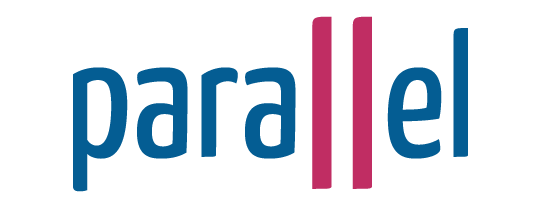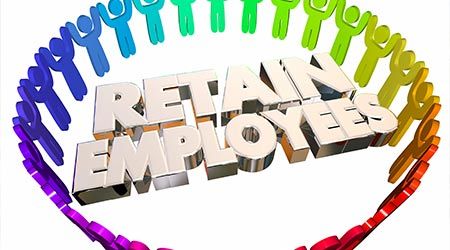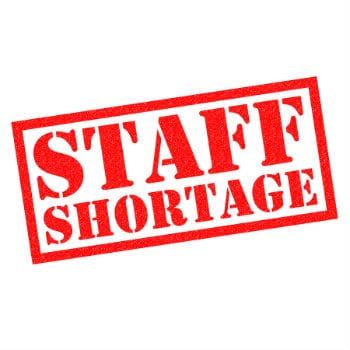Help – We Need Help! The Forever Labor Shortage
To successfully help clients you must first have a trained staff to work with them. And we all know that turnover disrupts successful service delivery.
Even before Covid there had been a struggle to both recruit and retain the trained line staff we have needed to deliver our services. This is more and more members of generations Y and Z. Covid amplified that need. Since Covid our younger generations have become more mobile and more outspoken about what they require from an employer.
The problem is most organizations, both nonprofit and public, have continued to run their human resources processes the same today as before Covid.
There will be HR Directors and agency leaders who will challenge that statement declaring how their have changed their processes in this way or that.
The truth is we need to shift our framework from what do we, the agency, need from you to what do the incoming Gen Y & Z need from our agency so they will close to come to work for us and stay.
"The labor shortage we're dealing with today is likely to remain this way — and perhaps get even worse," says Jay Denton, the chief analytics officer at LaborIQ, which provides salary analysis to employers. "It's going to continue to be really hard to attract people and get them into new jobs." We're entering what is shaping up to be the Forever Labor Shortage.
Human services nonprofit and public agencies don’t have the financial resources to simply raise wages till we get fully staffed.
First, income is important in that line staff must feel they are making a living wage. That amount is different based on where you live – you as an agency should be able to tell what the living wage is for your location and show that you are at least meeting that minimum living wage which is not the minimum wage.
Then the real challenge begins.
We have decades of studies that tell us that our employees stay or leave based on (to name a few):
(1) what they are asked to do – clear job expectations stated as deliverables. And only 4- 6 deliverables
(2) able to be successful in achieving those deliverables
(3) how they are treated – especially by their immediate supervisor
(4) that they work in a non-punitive work environment
(5) that how their immediate supervisor treats them is fair and consistently how all staff are treated by their supervisors. And up the chain-of-command to the top. That requires you have an adopted model of supervision that all supervisors are trained on and that all supervisors at all levels are required to use.
(6) that the agency supports work-life balance
(7) the agency offers benefits valued by line staff. Line staff are not excited by 401K retirement plans as they don’t see themselves as being with the agency for the adult career.
Supervision for Success is a skills-based model focused on training supervisors at all levels and holding them accountable to practice in that model and for upper management to model that for all supervisors so they understand it is the only agency model of supervision.
This requires many long-standing practices be modified. Five examples:
- Job descriptions that are 4 – 6 items defining success in the job and no statement “other duties as assigned”
- Move from annual evaluations to ongoing performance management
- Replacing progressive discipline with steps toward success
- Changing employee handbooks to practice guide for success
- Adoption of a supervision practice model that all supervisors use at all levels
LEADING FROM OUTSIDE THE BOX is a monthly newsletter for human services leaders.
Its purpose is to challenge your thinking and help you improve organizational and outcome performance.
To receive your copy free, simply email Jeff Bormaster and ask to be added to the mailing list. Feel free to share these newsletters with other human services leaders, simply include the contact information.
You can read previous issues of Leading Outside the Box at www.jeffbormasterconsulting.com/topics










